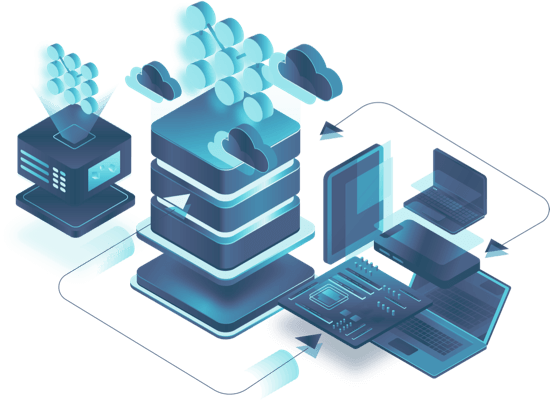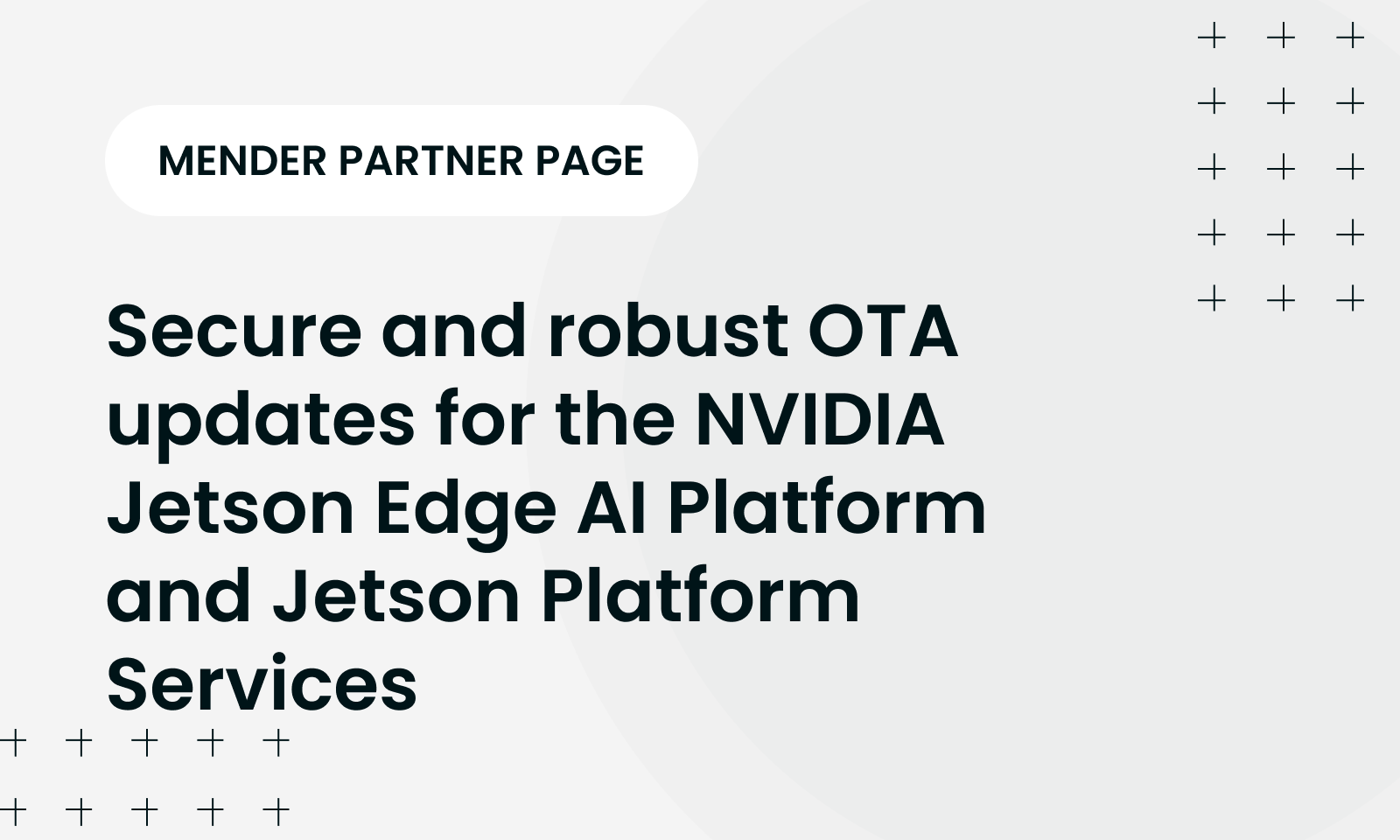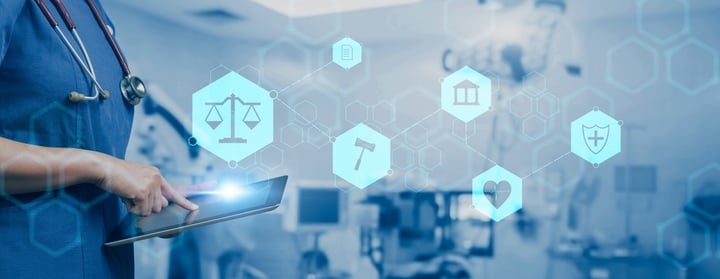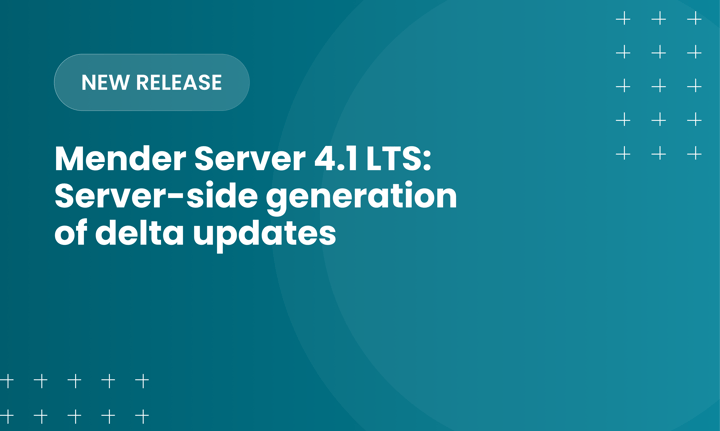The reach of AI: Digital, edge, physical, and beyond
Artificial intelligence (AI) is rapidly evolving and gaining industry prominence, with its evolving taxonomy representing the growth. At the recent NVIDIA GTC conference, the discussion spotlighted the distinctions between digital AI, edge AI, and a newer concept: physical AI. Each category comprises key distinctions and use cases. Comprehensively understanding the prominent AI spheres plays a critical role in keeping up with advancements in the dynamic AI market.
AI is positioned to drastically change connected devices and general industry operations in the coming years, and each distinction of AI requires a different level of understanding to keep it up to date and secure. All AI relies heavily on secure data inputs and updates to ensure devices operate with the latest capabilities and security patches in place. Although the different distinctions of AI will evolve under differing trajectories security and scalability will remain top of mind for both OEMs and end consumers.
Digital AI dominates today’s markets
Digital AI is the most prevalent form of AI today. Digital AI operates in the cloud and is predominantly trained on publicly available data from the internet. This AI category powers a majority of the current AI momentum, through applications such as smart chatbots and recommendation engines. With the essentially endless amounts of data at its disposal, digital AI remains a cornerstone of the AI ecosystem and continues to advance. The most readily available and easy-to-use version of AI, digital AI is already commonplace for many and used in day-to-day life. This category will only continue to grow in prominence and popularity.
Moving from edge AI to physical AI
The term “edge AI” is commonly used to describe AI operating at the edge of networks. However, NVIDIA introduced a new term, “physical AI,” to describe these environments. This shift in taxonomy mirrors the IoT landscape; much like IoT devices, AI systems have physical or location-specific components that power physical processes. For tasks requiring proximity to the user or environment, edge AI often integrates physical hardware, making the term “physical AI” more accurate to the use case. This definition outlines the fusion of AI with real-world, physical contexts where computation is better performed locally than in the cloud.
Challenges in physical AI development
The rapid growth and public utilization of digital AI over the last few years shows the immense potential for more advanced forms of AI. Physical AI holds similar potential but also faces significant challenges in development. NVIDIA is tackling these obstacles with innovative solutions like Omniverse and Cosmos to increase development speed and modernize different applications of AI. Still, a few key roadblocks, similar to those in early IoT development remain.
Challenge 1: Slow and expensive prototyping
Developing physical hardware products is inherently more complex than purely digital solutions. Building, testing, and iterating on physical devices is time-consuming and costly. These constraints hinder the speed of innovation while extending time-to-market.
NVIDIA’s solution: Simulation with Omniverse
NVIDIA’s Omniverse provides virtual simulation to test prototypes and accelerate iterations. Instead of relying solely on physical prototypes, developers can test AI models in a “virtual world,” reducing the need for physical iterations. This accelerates development cycles and slashes costs, allowing companies to bring products to market faster.
Challenge 2: Insufficient training data
Deep learning models require vast amounts of data to train effectively and accurately. For digital AI, the internet provides a nearly unlimited data source. However, training a physical AI product, like a humanoid robot, is far more challenging. Real-world variability makes it impossible to manually create training samples for every scenario.
NVIDIA’s solution: Synthetic data generation with Cosmos
This is where NVIDIA Cosmos steps in. By leveraging existing datasets, Cosmos can generate synthetic data to fill in the gaps. Only a finite amount of data for specific physical AI use cases exists today, and oftentimes, the internet is insufficient. For example, a humanoid robot needs to be trained to pick up a cup and place it on a shelf. Some training information could be acquired through a video online, but this would be nowhere near enough data to train a robot for every possible case as the cup and shelf will never be in the same exact location in real life. Cosmos can take this initial data and create countless variations of this task by altering the positions of the cup and the shelf. In doing so, Cosmos dramatically expands the dataset and enables more robust training, paving the way for physical AI to tackle real-world complexities.
The growth trajectory of physical AI
Physical AI is still in its early stages. Although the estimated millions of devices currently in use may seem like a large number, the growth potential for physical AI is staggering. Applications in humanoid robotics and manufacturing automation alone could scale to billions, making an exponential growth curve in the coming years and decades possible.
Critically, the timeline for this level of growth hinges on overcoming the challenges of physical AI development. Early adoption of NVIDIA Jetson technology indicates positive momentum, signaling a promising future for physical AI. And the quick public adoption of digital AI shows the demand for this caliber of technology exists. It is just a matter of overcoming these new challenges to achieve exponential growth and development.
The “three computer” solution in physical AI
NVIDIA’s long-term vision for physical AI revolves around the “three computer” framework, designed to streamline development and deployment.
In this context, think of a computer as a “compute cluster” rather than a single computer; computers are massive computing infrastructures.
In short, these “computers” do:
- Model training: This stage involves training and fine-tuning AI models using vast datasets. NVIDIA DGX systems excel in this area, serving as the “brain” of the AI development pipeline.
- Simulation and synthetic data generation: Once an initial model is created, NVIDIA Omniverse can simulate its behavior in a “virtual world.” Is the humanoid AI able to pick up the cup, or does it drop it? Cosmos further enhances this by generating synthetic data based on the initial data. For example, Cosmos adds different starting positions for the cup.
- Edge AI and runtime: This is where the AI operates in real-world scenarios. NVIDIA Jetson technology powers the physical devices, while solutions like Mender provide critical support for device management and over-the-air (OTA) updates.
Physical AI requires more robust and secure updates
As NVIDIA continues to innovate in simulation, data generation, and device management, the barriers to physical AI adoption are gradually eroding. The transition from millions to billions of devices is not a question of how but a question of when.
For any AI-based product, OTA updates are indispensable. Leveraging OTA update capabilities enable developers to deploy improvements, address vulnerabilities, and refine AI models post-launch. As physical AI products continuously evolve and gain prominence, the boundary blurs between digital and physical realms, and with it, risks.
Physical AI use cases and required training data introduce a new risk dimension. Cyber threats are no longer data-centric or inconveniences but could pose risks to safety and life. The risks from an errant or inoperable autonomous vehicle are far greater than an AI-enhanced appliance. Breaking changes or unintended consequences of new data sets take on a life of their own when amplified by AI algorithms. The importance of general maintenance, stability, and operability grows with physical AI taking on more responsibilities.
When releasing innovative physical AI products into the market, one thing is certain: AI needs to be improved over time. Beyond software and security updates, the OTA update infrastructure underlying physical AI and other advanced AI applications is fundamental in powering this growing ecosystem. The update mechanism must encompass the highest level of security and verification, failsafe and safety measures, and advanced functionality to manage the unending complexity and scale of new use cases. Over-the-air updates are the main enabler for iterating and securing AI products as issues and improvements to the model or platform are created.
As the world continues to embrace physical AI developments, Mender remains the battle-tested and trusted solution for secure OTA updates and device management. As a trusted NVIDIA partner, Mender integrates seamlessly with NVIDIA Jetson Platform Services, ensuring that physical AI products remain secure, reliable, cutting-edge, and, most importantly, operational.
Recent articles
The differences between the US FDA’s device approval process and the EU’s medical device regulation (MDR): An essential dual-compliance framework for global manufacturers
Why OTA updates are now mission critical for future-proofed device lifecycle management
What’s new in Mender: Server-side generation of delta updates
Learn why leading companies choose Mender
Discover how Mender empowers both you and your customers with secure and reliable over-the-air updates for IoT devices. Focus on your product, and benefit from specialized OTA expertise and best practices.




